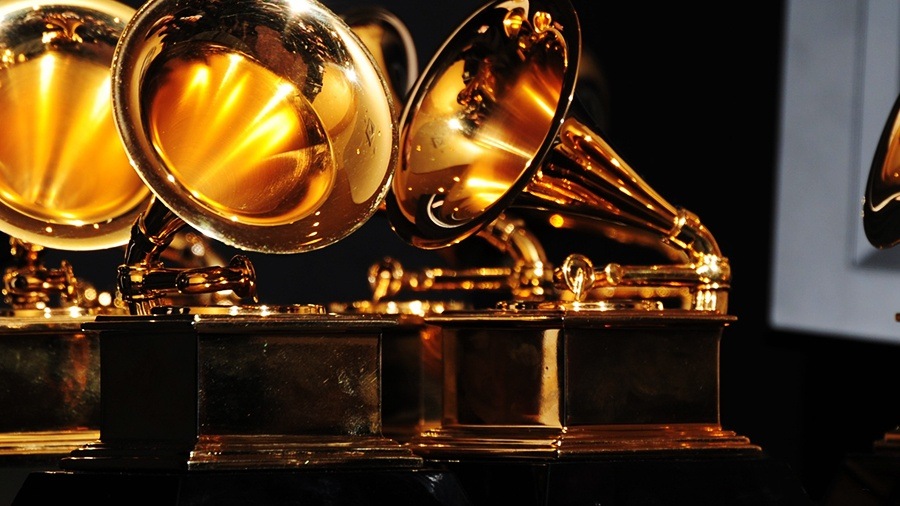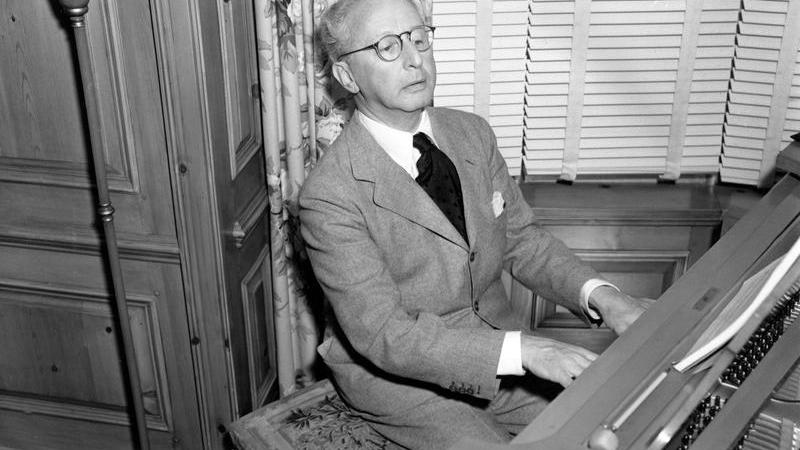The 2020 Classical Grammys
The 62nd Annual Grammy Awards ceremony took place in Los Angeles Sunday evening. Here are excerpts from the winning albums in the classical categories: Best Orchestral Performance Norman: Sustain—Gustavo Dudamel, conductor (Los Angeles Philharmonic) Sustain, a haunting orchestral soundscape by American composer Andrew Norman (b. 1979), was commissioned by the Los Angeles Philharmonic for the opening of its centennial season. This concert recording documents the piece’s October, 2018 world premiere. Sustain was a finalist for …







